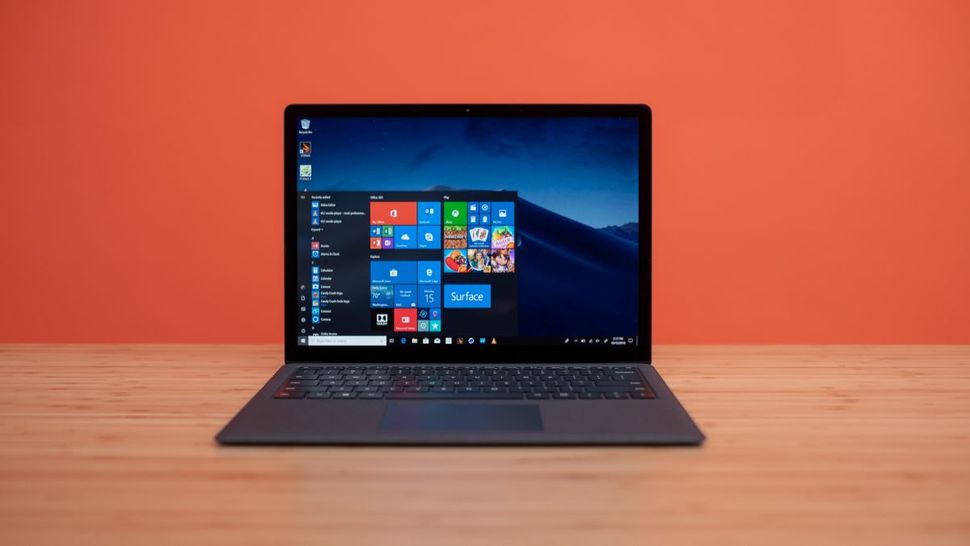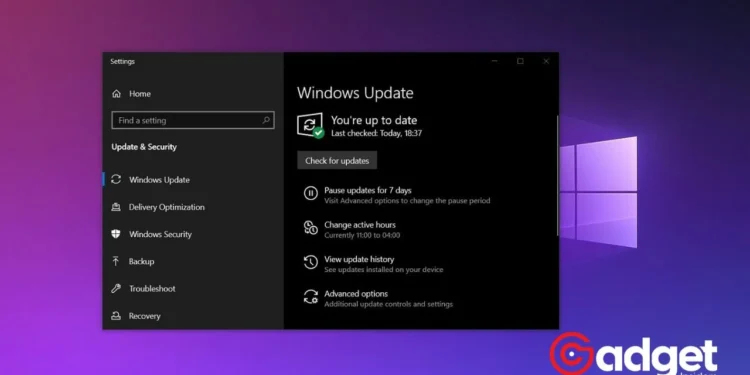In a twist that has left many Windows 10 aficionados scratching their heads, a recent Microsoft Store update has inadvertently thrown a wrench into the smooth operation of several key applications. This hiccup has affected not just any apps, but staples of the Windows experience, such as Calendar, Photos, and Calculator, rendering them unusable for a significant number of users.
As the digital community grapples with these disruptions, the absence of a swift fix from Microsoft has only added to the growing concern among its user base.

Windows 10: A Closer Look at the Disruption
The essence of this problem lies in the way many Windows 10 applications receive updates: directly through the Microsoft Store. This system, designed to streamline fixes and feature rollouts independently of Windows OS updates, is generally celebrated for its efficiency. It allows apps to be enhanced and stabilized without the lag often associated with OS-wide updates.
However, this recent incident has spotlighted a critical vulnerability in the process. When a Store update misfires, it can lead to widespread malfunctions across several apps, impacting users’ daily digital routines.
In January 2024, when apps like Calendar, Photos, and Calculator were updated, an unexpected aftermath ensued: numerous users found themselves unable to access these essential tools. Attempts to report these issues through the Feedback Hub were met with frustration, as the Hub was itself among the casualties of the flawed update.
This led to a burgeoning thread on Microsoft’s support forum, where users shared their troubles in search of solidarity and solutions.

Windows 10: Unearthing the Root Cause
The quest for answers has not been in vain, with some users taking it upon themselves to diagnose the issue. A recurring theme among the affected appears to be the age of their hardware, with older components such as Intel Core 2 Duo and Quad processors, as well as AMD Athlon chips, being common among those reporting problems.
Despite these components not being officially listed as compatible with Windows 10, they had previously run the OS without issue. This has led to speculation that the problem may lie in a compatibility oversight related to newer software updates.
A user, in conversation with The Register, suggested that the issue might stem from a mismatch in the instruction sets supported by older hardware. Specifically, the suggestion was that a component updated in the Microsoft Store might be utilizing an instruction extension, such as SSE 4.2, not supported by these older processors.
This theory points to a possible oversight in the development process, perhaps an incorrect compiler setting applied to a shared component, potentially the Visual C++ runtime.
#Windows 10’s next update might come with a predictable but annoying extra – yet more badgering to upgrade to #Windows 11 https://t.co/kBlYs2e9yz
— leenky (@LeenkyNet) February 6, 2024
Windows 10: The Waiting Game
As of now, Microsoft has yet to issue a formal acknowledgment of the Windows 10 problem or provide a timeline for a resolution. Inquiries from news outlets like TechRadar have been met with generic responses directing users to Microsoft’s service dashboard for updates. This lack of communication has left affected users in a state of limbo, eagerly awaiting a fix for Windows 10 applications that many consider essential to their daily computing experience.
With the support for Windows 10 not set to end until October 14, 2025, there remains ample time for Microsoft to address this issue. However, for users currently navigating the challenges posed by this update, the hope is that a solution will arrive much sooner rather than later. As the situation unfolds, the Windows community remains vigilant, hoping that this ordeal will prompt a review of update protocols to prevent similar occurrences in the future.










